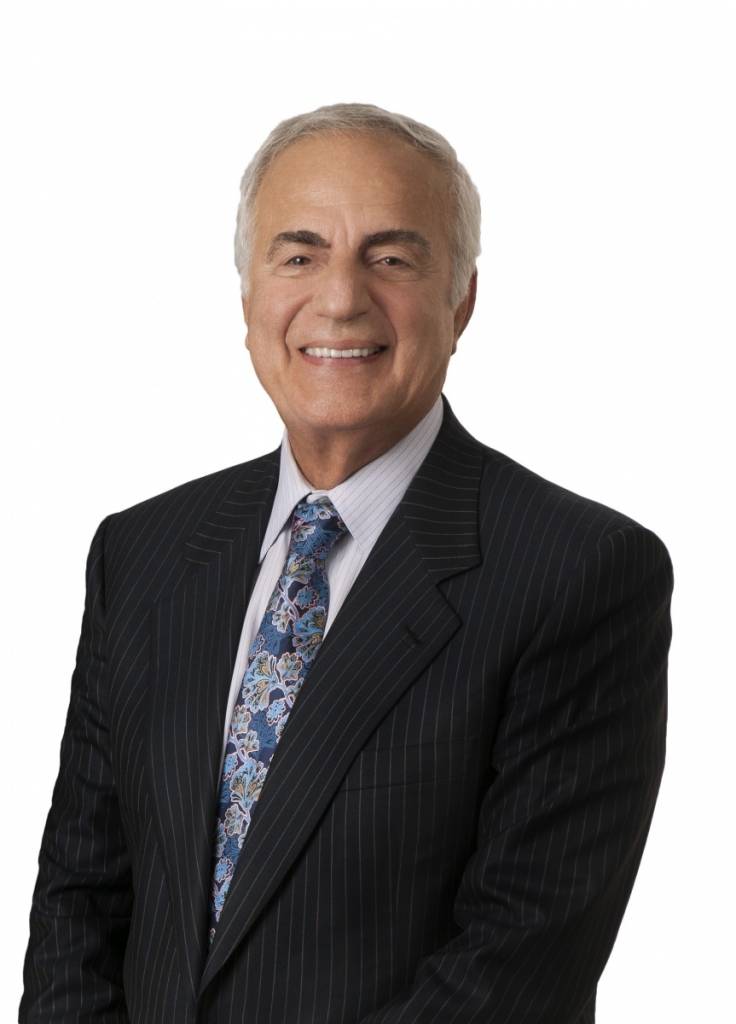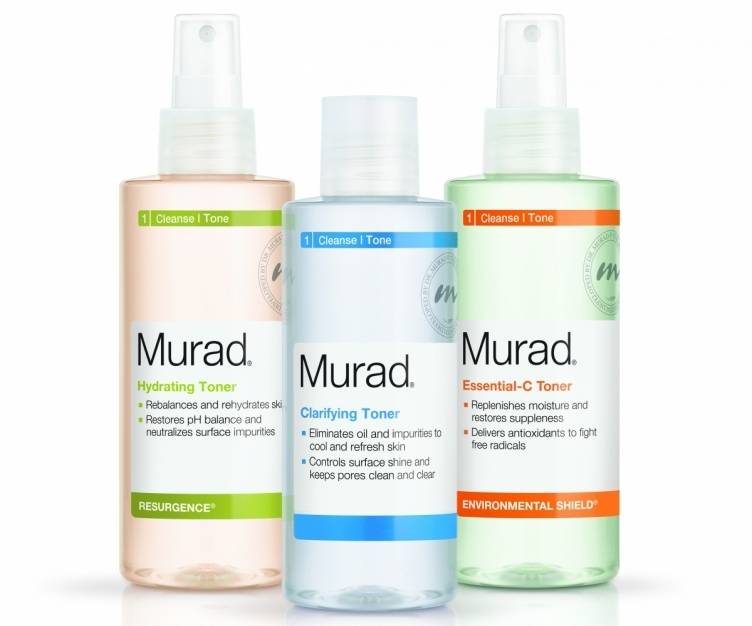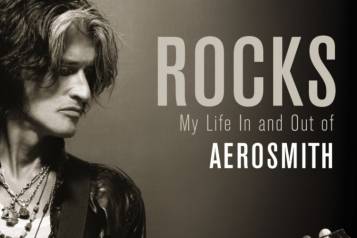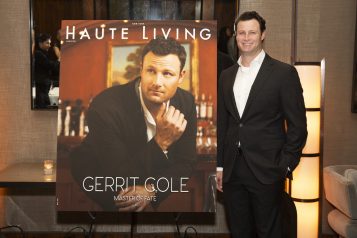
Once upon a time (a few weeks ago, to be honest) our skin was in disrepair. We tried everything in our medicine cabinet to fix our clogged pores, but nothing seemed to work. Desperately, we made a last ditch effort with Murad’s Hydrating Toner, which we were initially suspicious of. What did it do? Would it work? Who cared—we needed help. It was the smartest thing we could have done, without even knowing why. In days, our skin healed, but we were perplexed as to why, and so turned to the man himself—Dr. Howard Murad—for answers.

Why do you need toner?
I like to use the analogy of taking care of your teeth. If you have bad skin, you should see an aesthetician or dermatologist—that’s the dentist—get professional treatment once a month, get a facial—that will maintain it, and at home we ask you to do a couple of things. Brush your teeth twice a day, floss, and also, there are people who recommend these little brushes between your teeth. Of those three processes, the ones that everyone tells you to do is floss and brushing; it’s like putting on a cleanser and a moisturizer. The little brush in between—even if it does 1/10th what the others do— it’s the 1/10th that might be most important. You need a cleanser and a moisturizer, but you need a toner for the moisturizer to work better.
What are the benefits of toner?
Theoretically, they complete the cleansing process. They maintain the PH of your skin. Cleansers tend to be a little bit harsh— more alkaline— and your PH is more acid, so they maintain that balance of your skin.
Does everyone need it?
Some people do without it,but it would be better for your skin to use it.
Why is it important to restore your PH balance?
Your skin will—on its own—go back to its normal state unless you put real alkaline on your face, but this does it more quickly.
Are all toners for everyone? For example, what is the difference between your hydrating toner and Essential C toner? Who are they for?
When we look at the aging process, basically there are three types of aging. Genetic—that’s the parents that you picked (that’s the way I look at it) and it’s the pull of gravity. Your nose gets bigger, ear lobes bigger and you get jowls. Then there’s environmental aging, which is being in the sun, pollution, smoke, wind, heat, all of that. Then there is hormonal aging: our hormones begin to shift, and what happens is that your skin becomes thinner, you get larger pores, you’re a little drier, you get a little bit of facial hair and breakouts. That said [my products] are color-coded for your age category. The blue is more for acne, but the others are looking at the two aging categories that we do have some control over—environmental and hormonal.























